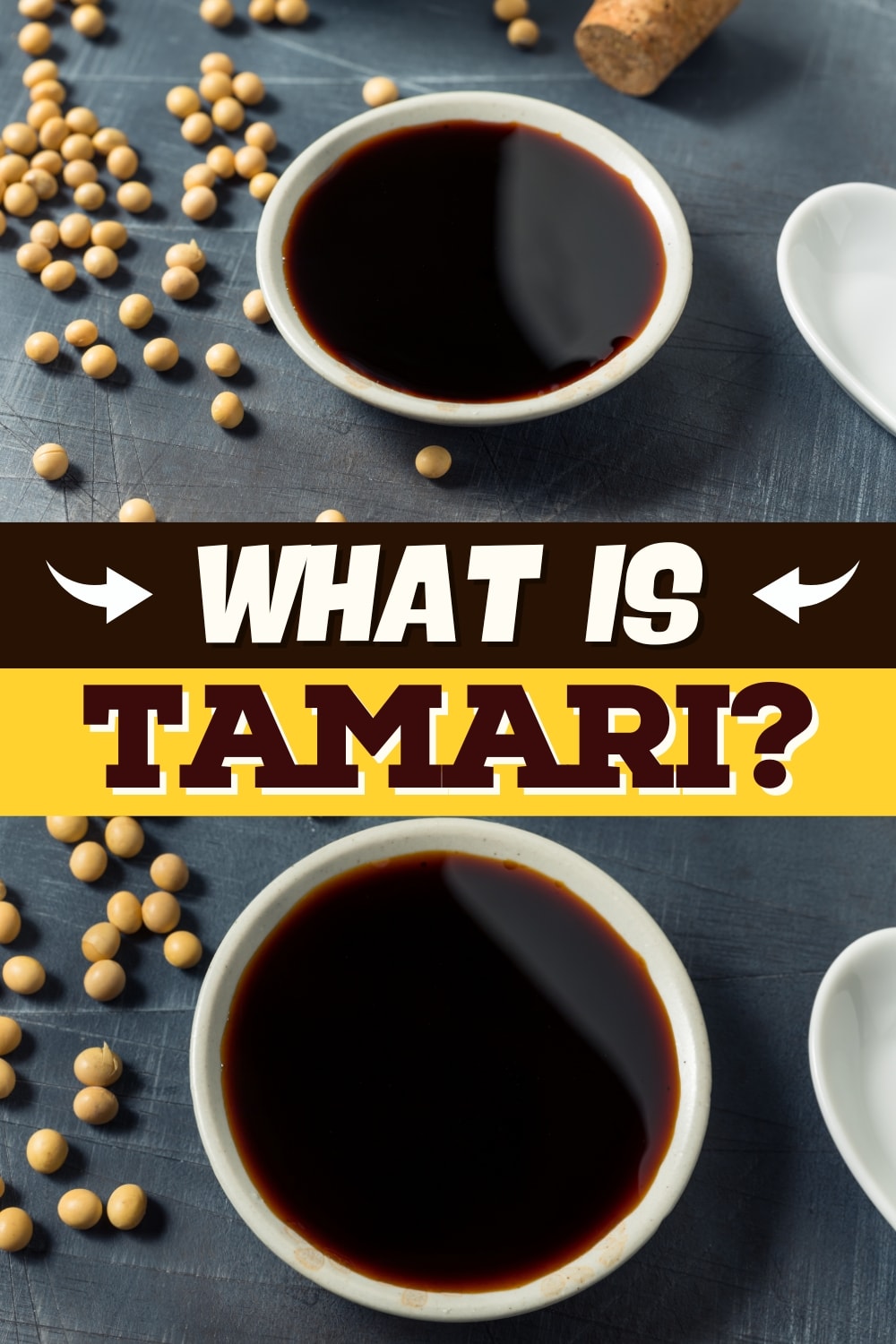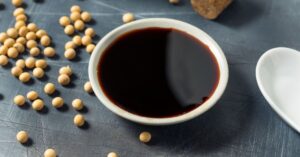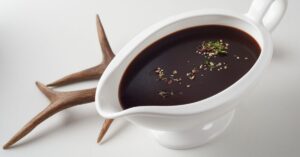Have you ever found yourself at the store staring down a bottle of tamari bewildered and asking yourself, “What is tamari?”
You’re not alone! The vast world of Asian sauces is sometimes confusing.
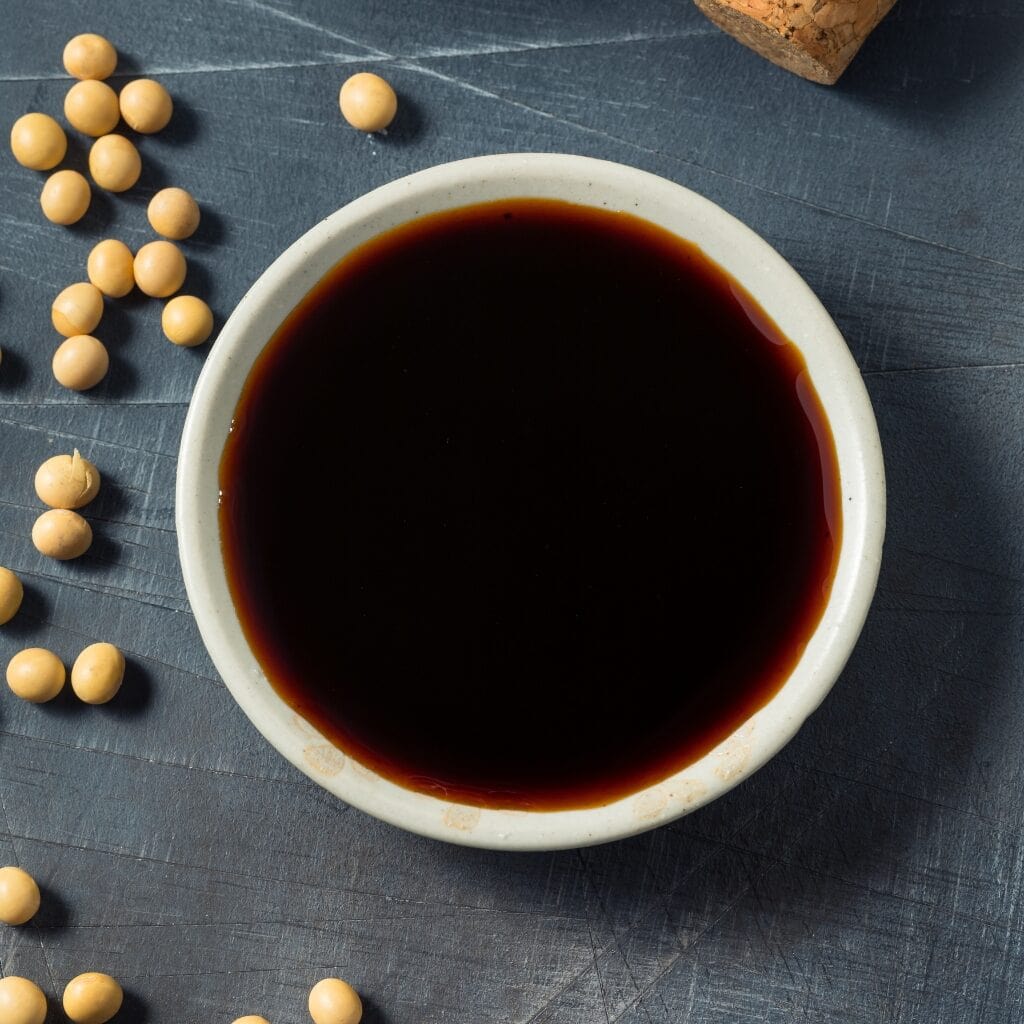
Tamari is a plant-based Japanese condiment full of umami.
It’s similar to soy sauce, but don’t mistake the two!
Tamari and soy sauce are not the same. Gluten-free, vegan, and rich, tamari is its own special thing.
From the process to the uses, let’s explore what tamari is and some tasty meal options for it.
What Is Tamari?
Tamari is a popular type of Japanese sauce. It’s made from fermented soybeans, water, and salt.
These days, tamari is synonymous with Japanese-style sauces.
But did you know that it has roots in China, too?
The story has it that China introduced Japan to their method of making soy condiments centuries ago.
Tamari grew in popularity across the country and they built an entire industry around it.
Since then, it’s become a popular Japanese sauce.
Also known as tamari shoyu, it’s the byproduct of miso paste.
When miso ferments, the soybeans are inoculated with wild spores or koi culture spores called Aspergillus tamarii.
This results in a liquid by-product that makers collect, press, filter, and bottle. And that delicious, delicious liquid is tamari.
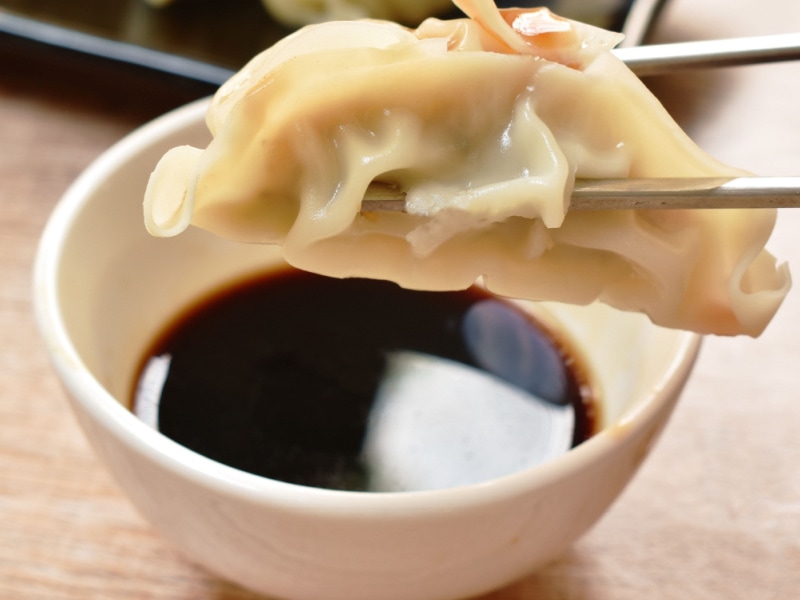
What Does Tamari Taste Like?
If there was only one word to describe the taste of tamari, it’s umami. The next would be salty.
Compared to soy sauce, it’s not as salty, milder, and more nuanced. It’s also more viscous.
Overall, the flavor profile is very savory, rich, and has a meatiness to it.
So it’s one of the best sauces for all your favorite Japanese foods.
Tamari vs. Soy Sauce (What’s the Difference?)
When you think of Asian sauces, what’s the first thing that comes to mind? I’d bet my bottom dollar it’s soy sauce.
Yet, this isn’t the only Asian sauce that uses soy.
Similar to soy sauce, tamari is also soy-based, but don’t mistake the two for being the same.
So what is the difference, you ask?
For starters, the ingredients. Soy sauce often includes wheat. Whereas tamari is gluten-free.
Then there’s the method of production.
Despite using the same primary ingredient, the processes aren’t identical.
Soy sauce is the result of fermented soybeans, water, salt, and wheat.
Tamari, on the other hand, is a by-product of miso fermentation.
It also undergoes a longer fermentation process. It can take a year or longer to make.
They also taste different. Soy sauce is noticeably saltier than tamari. Also, it has a thinner consistency.
However, both are equally tasty. It’s just a matter of your flavoring needs.
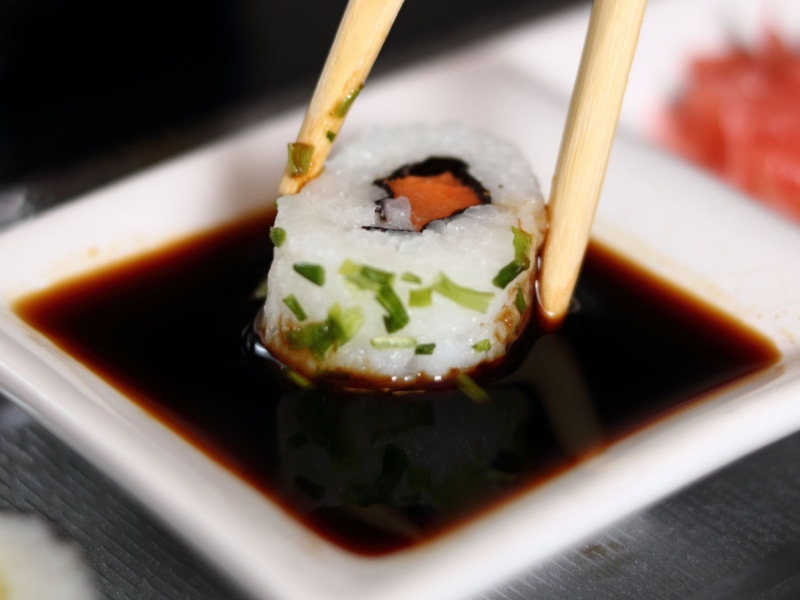
How to Use Tamari
Tamari sauce is a must for Japanese cuisine.
Due to its thick texture and rich flavor, it’s a prime sauce for sushi.
It adds just the right amount of umami and salt.
I also love it as a dipping sauce for dumplings, gyoza, wontons, and spring rolls.
The uses don’t end at dipping sauce, though. You can use it as a marinade or as a substitute for soy sauce too.
Try it with grilled meats like yakitori or use it in an Asian noodle sauce.
There are all kinds of Japanese street foods you can pair tamari with.
You can even serve it with Japanese breakfasts, too.
Stir-fry, scrambles, soups, and even white rice, there are plenty of ways to use a bottle of tamari.
Where to Buy Tamari
Tamari sauce has grown in popularity across many Western countries.
So I’m happy to say the odds of finding tamari near you are good.
Most major supermarkets stock this condiment.
Just look for it in the aisle with all the Asian food. It’s typically right next to the soy sauce.
You’ll also find tamari at Asian markets, international food stores, and natural food stores.
For the best variety, a local Asian market or online are your best bet.
Also, be sure to check the labels. Tamari is traditionally vegan and gluten-free, but ingredients can vary by brand.
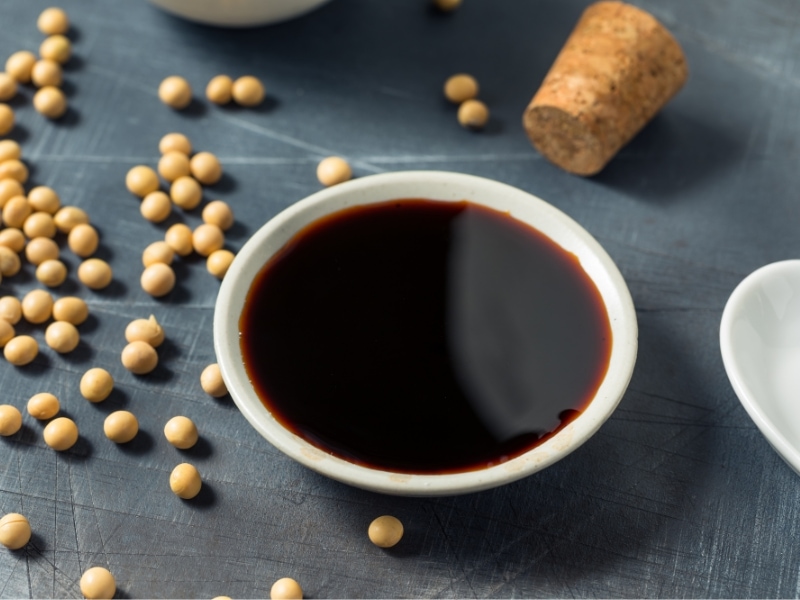
How to Store Tamari
Unopened tamari is shelf-stable. Simply store it in a cupboard or pantry.
A dark, cool, dry place will maintain optimum shelf-life.
Once you crack open a bottle, place it in the refrigerator.
Due to the salt content and fermentation process, it keeps for a long time.
Typically, it lasts up to 2 years. Some say it lasts indefinitely, as long as it’s stored right.
However, I’d still use it up by the “use by” date.
With so many scrumptious options, I doubt that will be a problem!
